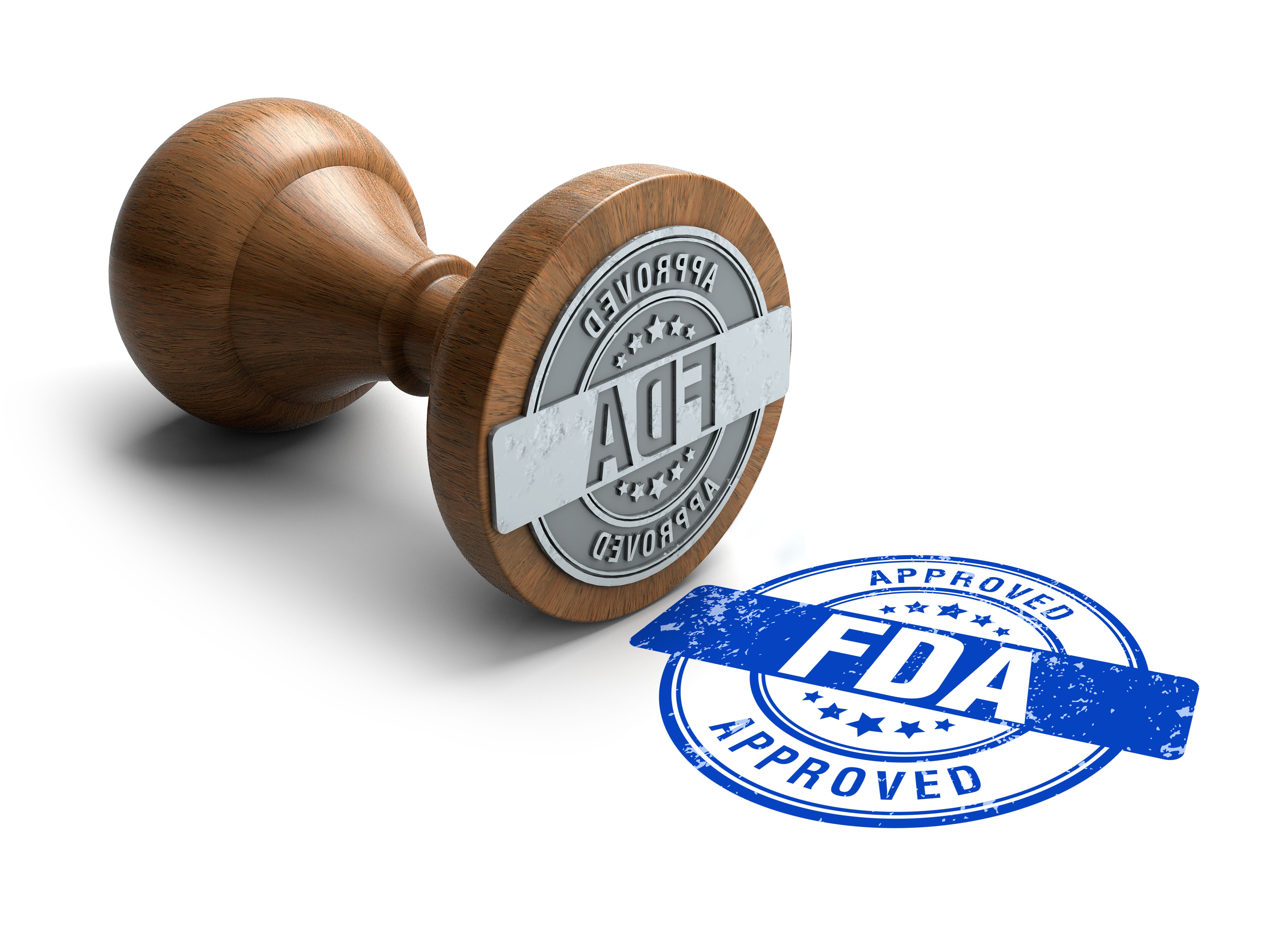Article
FDA Approves the First Treatment for Unresectable Pheochromocytoma or Paraganglioma
Author(s):
In July 2018, the FDA approved iobenguane I 131 (Azedra), the first treatment for patients with unresectable pheochromocytoma or paraganglioma, which are rare tumors of the adrenal gland, that require systemic anticancer therapy. These tumors, which typically appear at an early age and are associated with premature death, can increase the production of epinephrines and norepinephrines, leading to a host of symptoms, including hypertension, vomiting, weakness, and chest pain.
In July 2018, the FDA approved iobenguane I 131 (Azedra), the first treatment for patients with unresectable pheochromocytoma or paraganglioma, which are rare tumors of the adrenal gland that require systemic anticancer therapy. These tumors, which typically appear at an early age and are associated with premature death, can increase the production of epinephrines and norepinephrines, leading to a host of symptoms, including hypertension, vomiting, weakness, and chest pain.
“Many patients with these ultra-rare cancers can be treated with surgery or local therapies, but there are no effective systemic treatments for patients who experience tumor-related symptoms such as high blood pressure,” said Richard Pazdur, MD, director of the FDA’s Oncology Center of Excellence and acting director of the Office of Hematology and Oncology Products in the FDA’s Center for Drug Evaluation and Research. “Patients will now have an approved therapy that has been shown to decrease the need for blood pressure medication and reduce tumor size in some patients.”
Click here to read more about iobenguane I 131
Iobenguane I 131, which is a high-specific-activity radiotherapeutic agent, was approved based on a data package that included findings from a pivotal phase 2 study of the drug in 68 patients who had malignant, recurrent, or unresectable pheochromocytoma and paraganglioma. Data from the study were presented at the 2018 American Society of Clinical Oncology Annual Meeting.
The open-label, multi-center trial met its primary endpoint of the proportion of patients who were able to reduce their hypertensive medication by 50% or more for at least 6 months; in total, 25% of patients were able to achieve such a reduction.
Additionally, overall tumor response was achieved by 22% of the patients, and 92.2% of patients treated with at least 1 dose of the study drug had a partial response or stable disease at 12 months.
As of December 2017, the median overall survival was 37 months from the first dose of the drug in the overall study population, 44 months among patients who received 2 doses, and 18 months in patients who received a single dose.
Common side effects of iobenguane I 131are lymphopenia, neutropenia, thrombocytopenia, fatigue, and anemia, and as the drug is a radioactive agent, its label includes language warning patients and their family members about radiation risks.




